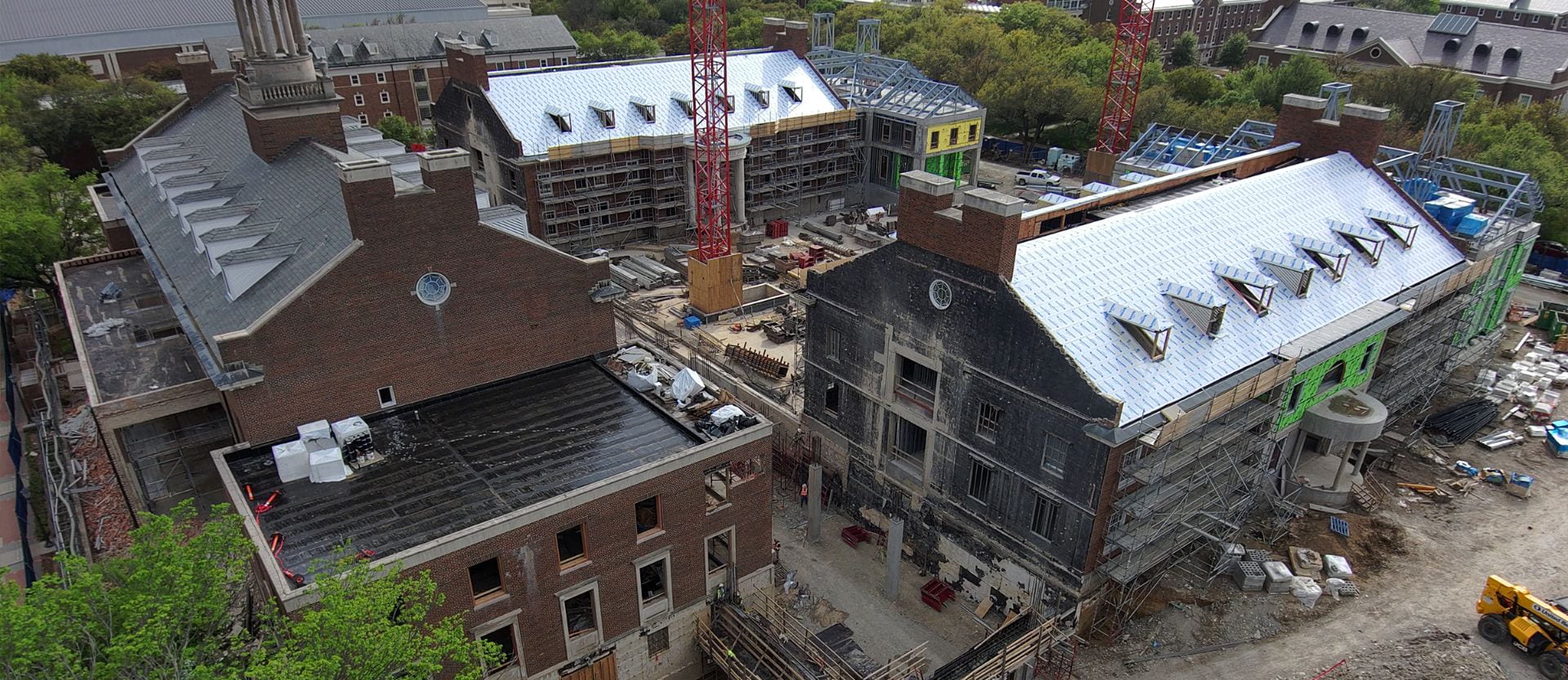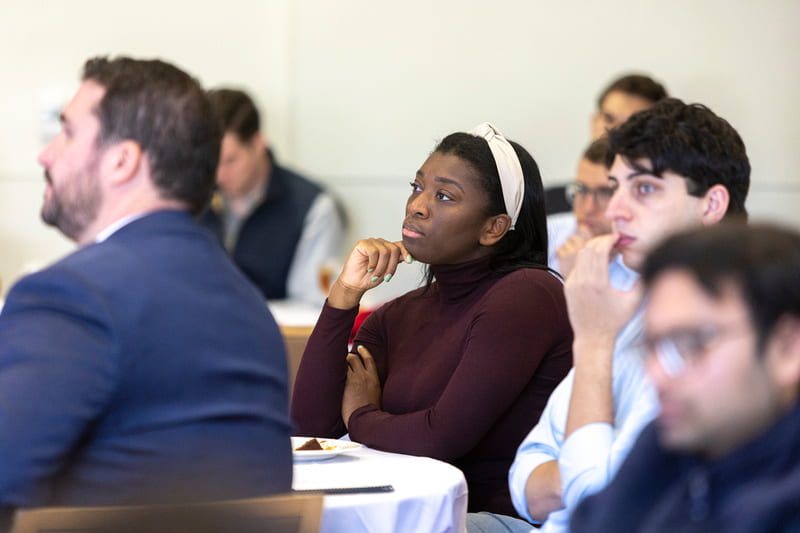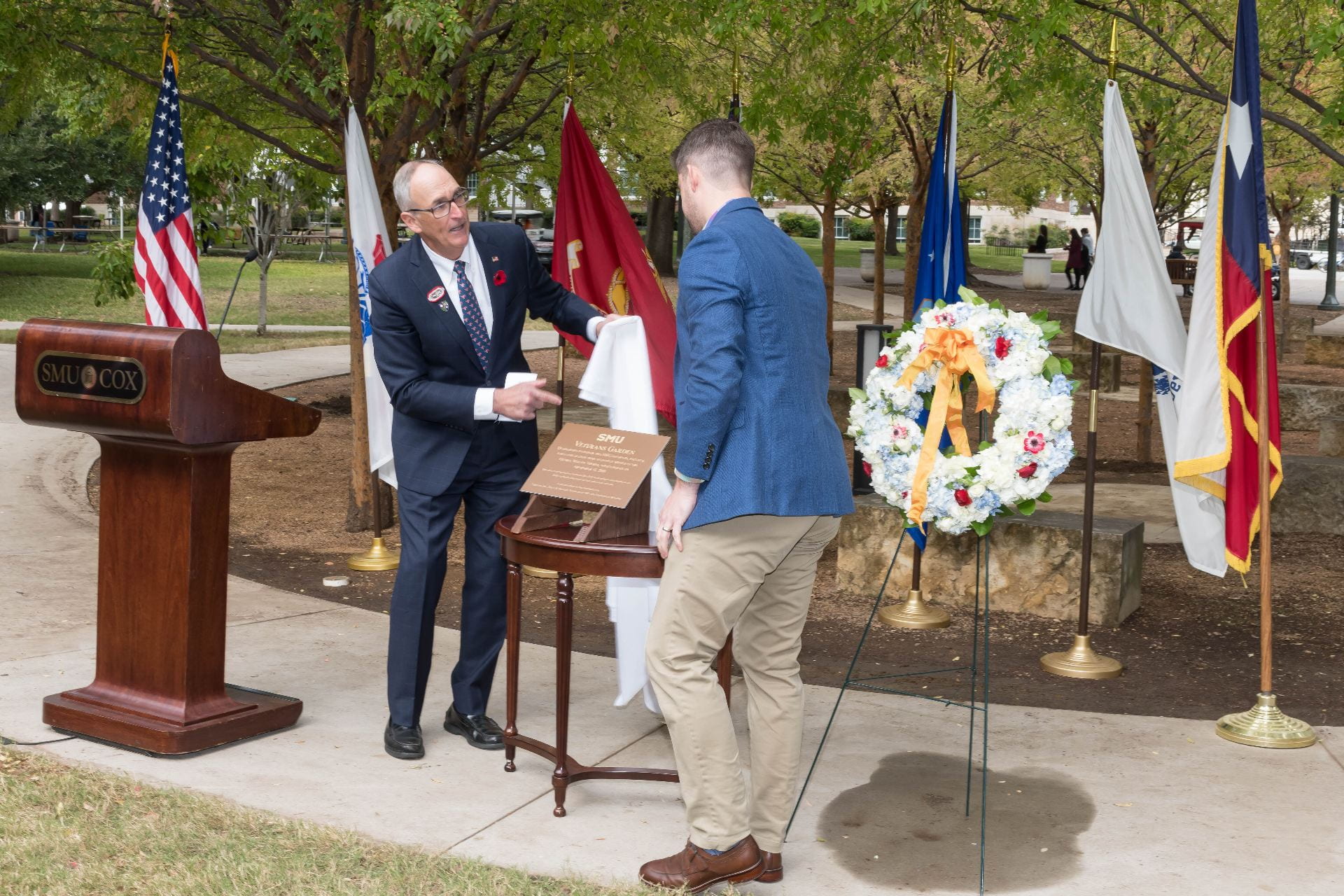The Cox School’s Brierley Institute for Customer Engagement — the nation’s first academic institute devoted to the study of customer engagement — helps Cox MBA students learn how well-designed customer loyalty programs can drive consumer behavior, creating a win-win for both the company and the consumer. Diane and Hal Brierley, CEO of The Brierley Group, donated $10 million to SMU Cox to make the Institute possible in 2016. A marketing visionary and industry pioneer who helped craft the world’s first frequent flyer program, American Airlines’ AAdvantage, Hal Brierley has helped design and manage some of the world’s most well-known customer loyalty programs. Now, on the Institute’s fifth anniversary, he reflects on his vision, how it’s being realized and his hopes for the Institute’s growth.

Q. Why did you make your original gift to create the Brierley Institute?
A. Having spent the past 30 years helping more than 100 major brands build and sustain stronger bonds with their customers, I’ve watched as we’ve become an incentive-based society. Little did I dream when I helped design American Airlines’ AAdvantage that, today, similar programs would have enrolled more than three billion members. I never imagined that the simple idea of rewarding customers for their patronage would spread to hotel chains, restaurants, retailers and basically any business that values its customers.
And while the customer’s pursuit of incentives and VIP status has helped brands profitably increase their “share of wallet,” or motivated their customers to shop more often, all too many of these programs have simply increased the cost of doing business.
My goal in establishing the Brierley Institute at SMU was to share with the next generation of business executives my years of experience crafting programs that profitably drive consumer behavior. Hopefully, by sharing what I’ve learned, the MBAs who pursue a specialization in Customer Engagement will be uniquely equipped to help design and manage the next generation of these programs.
Q. Now, after almost five years, in what ways is your vision being realized?
A. It’s exciting that the Institute is playing an active role in attracting top students to SMU, the only major university offering a marketing specialization focused on Customer Engagement. And it’s very gratifying to see our MBA graduates being sought by companies that operate some of the nation’s most successful reward programs.
Q. You are one of the more involved donors in the Institute you helped create. Why is it important to you to actually help develop the curriculum and teach it?
A. Having led one of the world’s leading customer loyalty design firms, as I recruited staff, I was jealous that architectural firms and law firms had the advantage of recruiting from schools that provided the skills necessary to enter their respective practices. After selling the firm — Brierley+Partners in 2015 — and reflecting on the need, it’s been exciting to create and teach a fundamentals course, offering content based on my past client-focused experience. It has also been rewarding to work with the students in our practicum course as student teams design a new program for a corporate partner. These two new courses supplement two courses previously taught by Professor Marci Armstrong. Together, we’ve created four courses that let MBA candidates understand the fundamentals, develop the analytics and listening skills needed for success, and actually experience the practice of designing a customer engagement program.
Q. What is the most important lesson you want your students to take away?
A. I want them to understand the strategies and tactics that make these programs both rewarding of the consumer and profitable for the brand. What behavior change do we expect the program to motivate? Why is membership in a program, like American’s AAdvantage, important, and what are the right steps for onboarding a new member? How do customer experience and customer engagement interact? What role does consumer psychology play in a successful program? How can the pursuit of an incentive drive incremental purchases? What is the right cadence for earning and redeeming the rewards? And ideally, what incentives can we offer that will drive added profits, not costs, as they are redeemed.
Q. In what ways do the lessons that you teach affect corporate America or retail sales and customer engagement?
A. Clearly, over the past 30 years, the ability of well-crafted loyalty programs to change consumer behavior and reshape industries has been demonstrated. The use of airline miles and hotel points to drive credit card usage habits has totally reshaped the credit card industry, with nearly 90% of credit card spending made using cards offering incentives. With airlines selling billions of dollars of “miles” to banks offering credit card spend, it’s clear that loyalty programs are having a significant impact.
At SMU Cox, we’re working with corporate partners to offer students real world experiences, whether for an analytics assignment, a research study or designing an actual Customer Engagement program.
Q. What’s ahead for the Brierley Institute, and in what ways do you want to see it grow?
A. Collaborating with our corporate partners, I’d like to see the Institute develop courses that can have a more immediate impact on today’s programs, perhaps by offering on-site classes for new hires at major companies that have loyalty programs. Separately, by expanding our annual Professors Institute, where we share experience with 30 to 40 emerging professors from leading schools around the country. Finally, by convening industry leaders more frequently for panels that share best practices with students and alumni. My goal is for the Brierley Institute to emerge as a force helping shape the next generation of programs that profitably reward and recognize loyal consumers.













